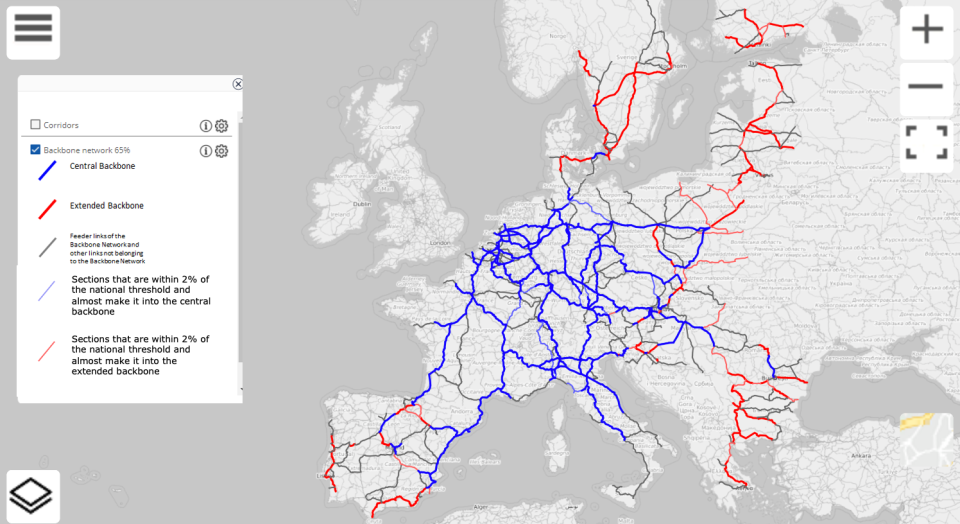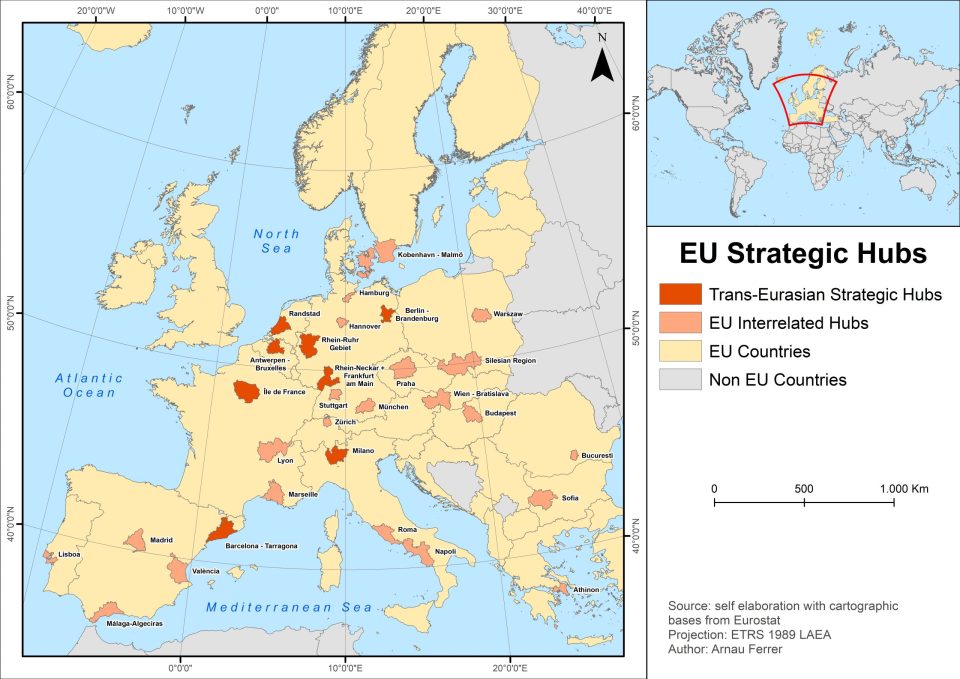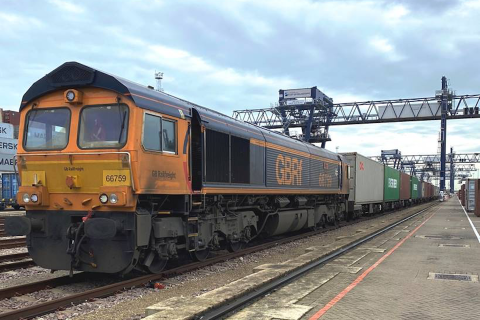Can a study succeed and change rail freight forever?

FERRMED published a study on traffic and modal shift optimisation in the EU. The study presents very interesting proposals on how rail freight can meet the 30 per cent by 2030 modal share. Among them are the full utilisation and interconnection of European terminals, the targeted investments on the core European railway network and the elimination of bottlenecks by optimising traffic on specific hubs.
The study’s proposals sound ideal, and their implementation is described as the only way to achieve the 30 per cent modal split for rail freight by 2030. As the study is extensive, we have concentrated on the most critical points to dive into them. Are FERRMED’s ideas and proposals realistic and feasible?
‘From priority projects to priority network’
Joan Amoros, FERRMED’s president, was categorical that with the current situation, European rail freight will not be able to reach the 30 per cent target by 2030. “ Considering that the share of rail freight has remained unchanged in the last 15 years, it is practically impossible to achieve this goal,” he explained.
In fact, there is only one way for this goal to be realised. Amoros explained that Europe should stop focusing on priority projects and start prioritising investments in the continent’s core railway network. “In our study, we have identified a network of 17,800 kilometres where most of the European rail freight traffic is concentrated on,” said Amoros. “This is where we should focus with more investments, like more tracks, longer trains, more and flexible terminals and eliminated bottlenecks,” he added.

Hubs with dedicated services
The core or “backbone” European network, as Amoros called it, has the densest traffic because it includes some of the leading European hubs. Specifically, FERRMED has identified eight “top priority” hubs that should attract most investments to facilitate traffic inside Europe and to and from Asia. These hubs include the Randstad region in the Netherlands, the Rhein-Rhur Gebiet, and Rhein am Frankfurt and Berlin regions in Germany, Ile de France in France, Barcelona in Spain and Milano in Italy.

According to Amoros, these logistic hubs should see two developments. Better and more terminals and intense connectivity with dedicated optimised trains that will operate on demand. What does this mean? It means that these logistics hubs should optimise terminal capacity and ensure that intermodal terminals can absorb the traffic shifting from the road. Moreover, unused terminals and marshalling yards should be brought back to life to create more capacity and flexibility in the network.
What about the dedicated trains? FERRMED firmly believes that a way to increase rail’s market share is the unhindered connectivity of the priority hubs. This should take place with optimised trains as mentioned above. By optimised trains, the association means longer and faster trains that will run exclusively between the hubs using the single-wagon transport scheme. Specifically, these trains should not have waiting times in marshalling yards since they will operate upon request and according to where trucks are. “They will be flexible and at the service of the road,” said Amoros, meaning that trains should operate in a way that they will follow the demand of road transport to absorb as much cargo as possible.
How can such a study be implemented?
Implementing these suggestions has two aspects: that of the executive authority and that of the technicalities. Concerning the administrative authority, the European Union Agency of Railways (ERA) should take the responsibility to put the plans and FERRMED’s system into practice. That is so because the proposed system should have a Paneuropean character, and ERA is the most appropriate authority to do it.
As for the technical part, ERTMS is the key. To have a fully functional core railway network without bottlenecks, with a continuous flow of information about terminal capacity, cargo positioning and track availability, you need telematics. Without upgrading the whole 17,800 kilometres core railway network with ERTMS technology, this will not be possible. As a result, the deployment of ERTMS is the primary enabler for creating a fully integrated single rail and road system that will help speed up the modal shift.
Is theory truly feasible?
FERRMED has invested much time and resources in this study by analysing data that have not been used before. However, when it comes to implementing its ideas, the most critical component is the feedback from the rail freight industry itself. The association claims that the EU Commission is positive, which applies to shippers and road transport companies.
“Shippers support the idea because they face time-efficiency problems with trucks, while road transport companies like it because they face problems with the drivers, especially for long distances,” argued Amoros. However, FERRMED still has no feedback from the rail freight industry regarding the project’s feasibility.
Arguably, rail freight companies should be the first to utter an opinion on the study and its aspirations since they will be the ones that will need to adjust their networks, services and terminals according to this Paneuropean plan. Are they eager to do so? Will such plans pose problems to their operations and business? And who will take the responsibility to compensate the investments and potential financial losses? These questions still need an answer.
However, Ralf-Charley Schultze, president of the International Union for Road-Rail Combined Transport (UIIR), explained that he finds FERRMED’s ideas brilliant. “Their vision and approach is excellent, and of course, it is important that combined transport is an integral part of their strategy,” he said. “UIRR actively supports the concept by sharing its knowledge, but we need to wait until the full study results to assess its feasibility,” he added.
Schultze concluded that if FERRMED wants to achieve, it needs to go the right places and partner up with the right institutions for Instance UIC. Despite the association’s comprehensive study and exciting proposals, it needs more support to realise its plans or integrate with other European projects to make an impact. Nevertheless, “we still have to wait for the study’s final results to judge this,” he said.
What do you think? Will FERRMED’s study change the Europan rail freight after all?
Also read:
You just read one of our premium articles free of charge
Want full access? Take advantage of our exclusive offer





